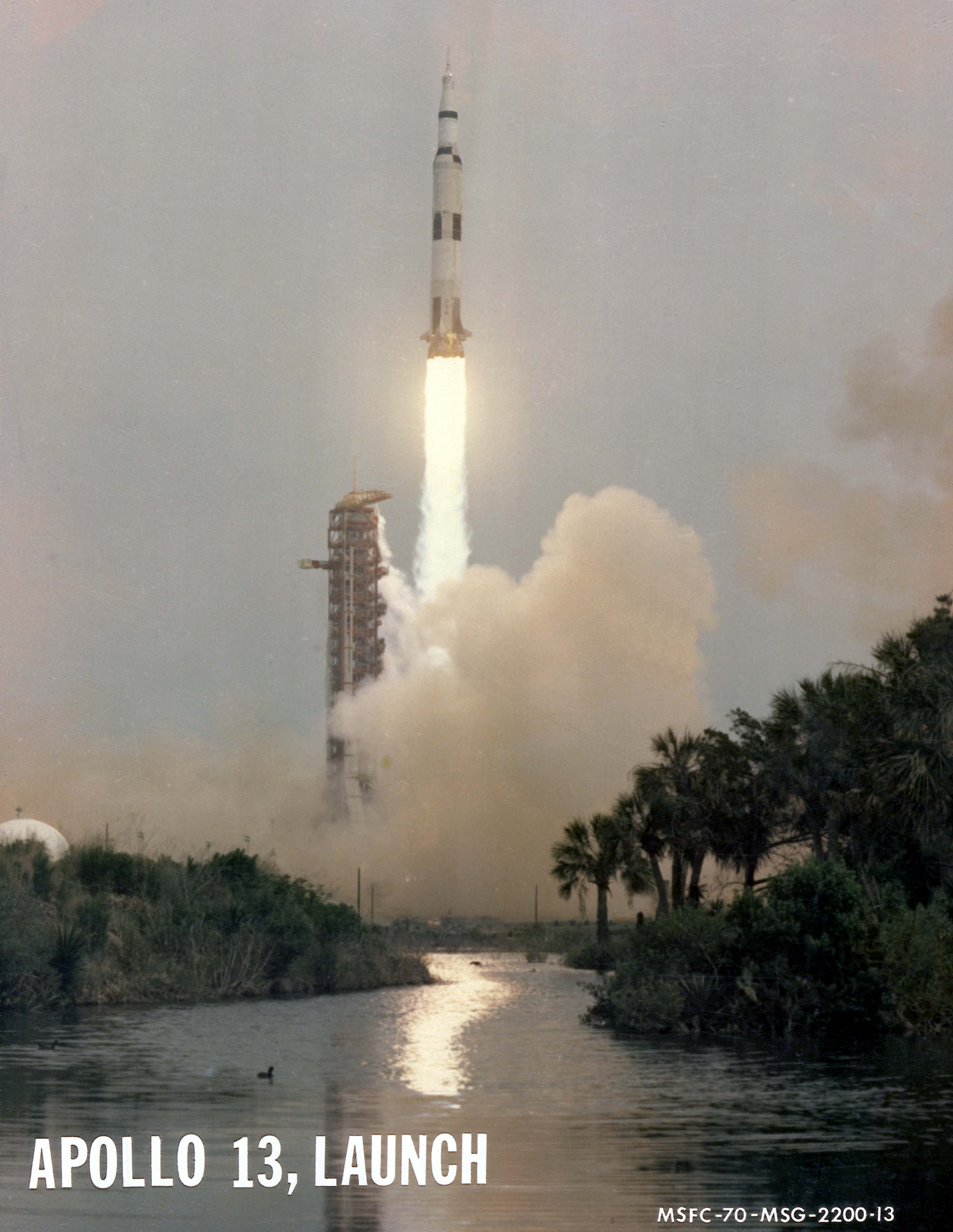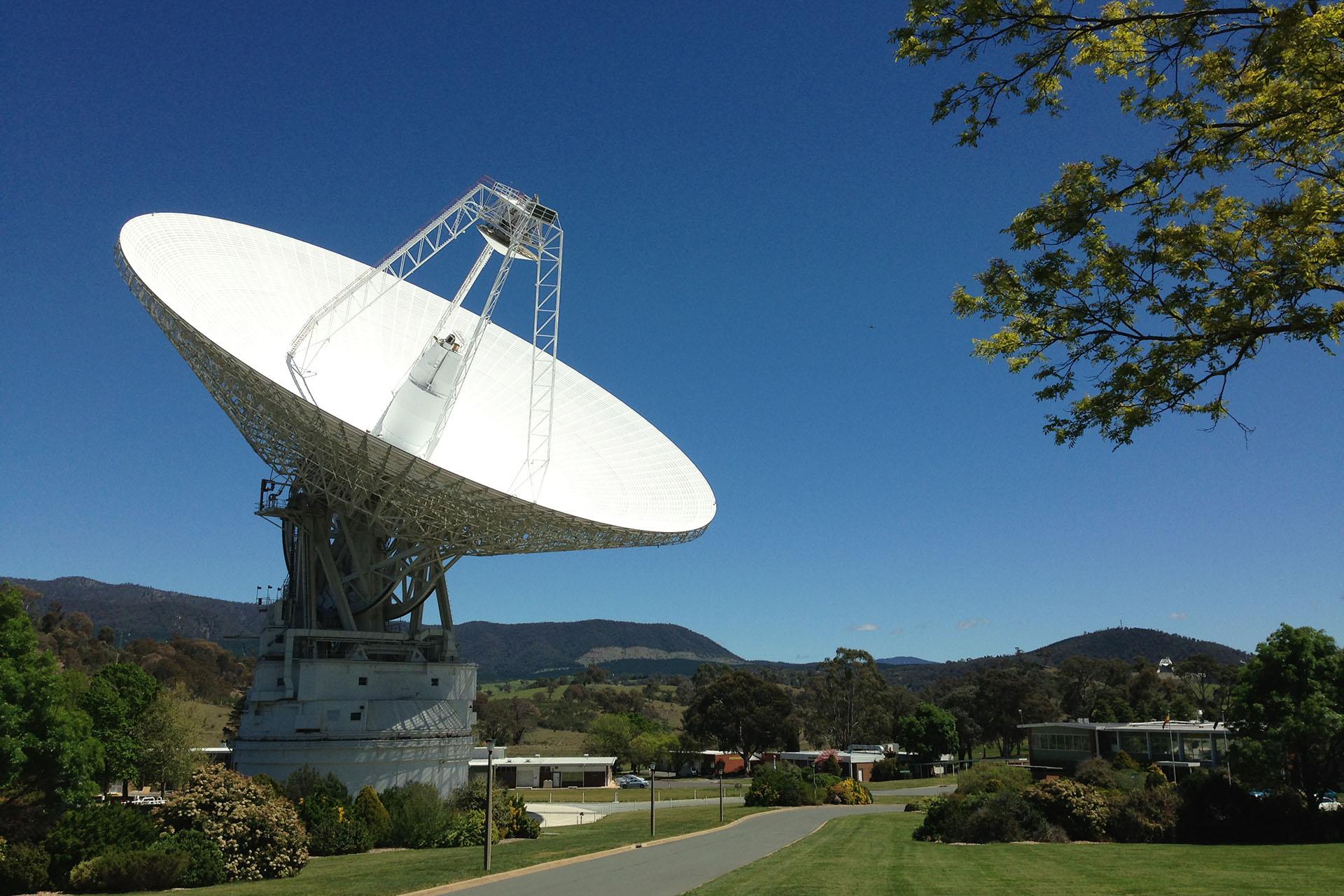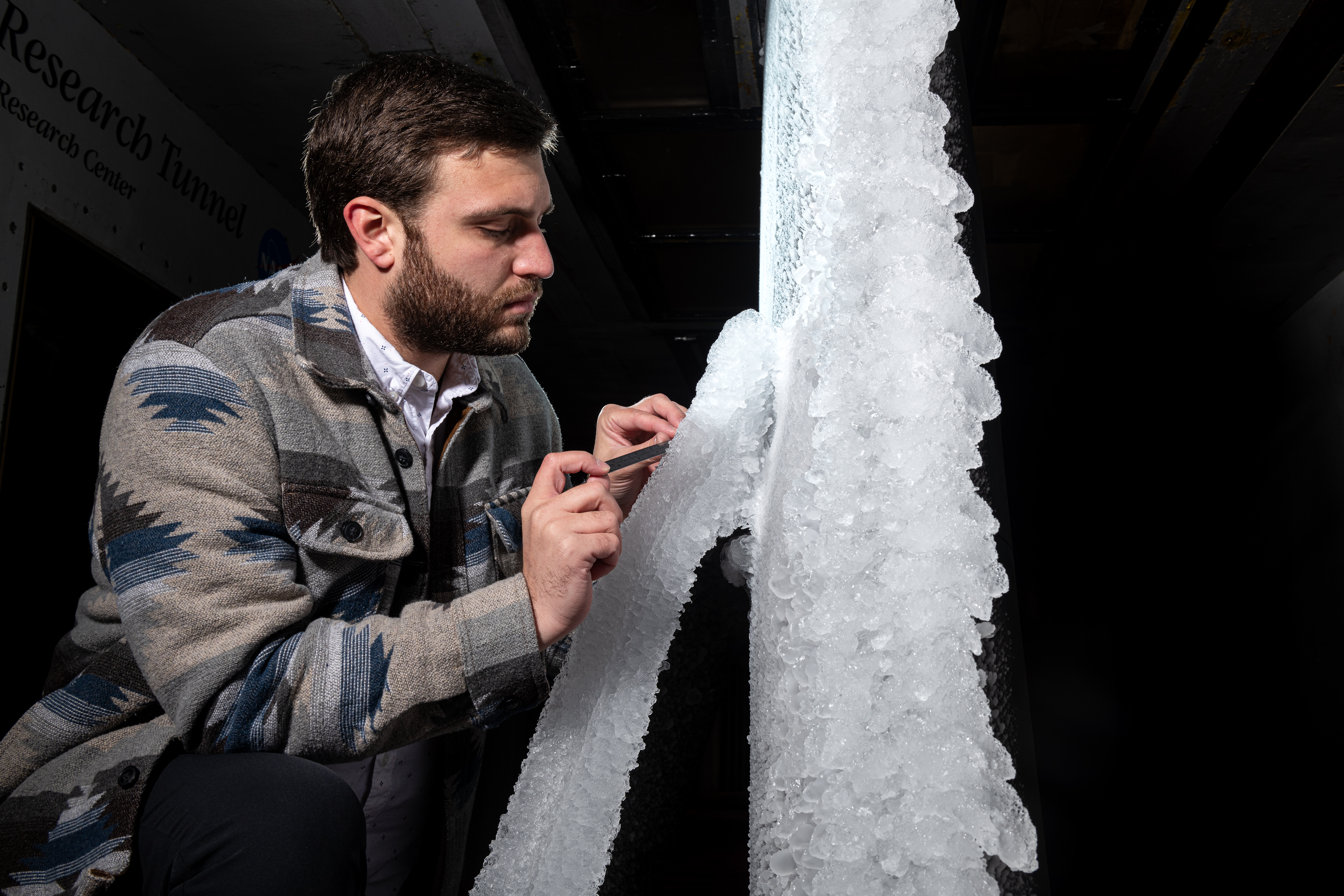Fri, 11 Apr 2025 15:59 GMT
Apollo 13 Launch: 55 Years Ago
NASA astronauts Jim Lovell, Fred Haise, and Jack Swigert launch aboard the Apollo 13 spacecraft from NASA’s Kennedy Space Center in Florida on April 11, 1970.
Thu, 10 Apr 2025 15:49 GMT
Linear Sand Dunes in the Great Sandy Desert
In northwest Australia, the Great Sandy Desert holds great geological interest as a zone of active sand dune movement. While a variety of dune forms appear across the region, this astronaut photograph features numerous linear dunes (about 25 meters high) separated in a roughly regular fashion (0.5 to 1.5 kilometers apart).
Wed, 09 Apr 2025 18:42 GMT
Expedition 73 Crew Launches to International Space Station
A Soyuz rocket launches to the International Space Station with Expedition 73 crew members aboard, Tuesday, April 8, 2025, at the Baikonur Cosmodrome in Kazakhstan.
Tue, 08 Apr 2025 19:36 GMT
Sixty Years in Canberra: NASA’s Deep Space Network
This March 4, 2020, image shows Deep Space Station 43, a 70-meter-wide (230-feet-wide) radio antenna at NASA’s Deep Space Network facility in Canberra, Australia. The facility celebrated its 60th anniversary on March 19, 2025, while also breaking ground on a new radio antenna. The pair of achievements are major milestones for the network, which communicates with spacecraft all over the solar system using giant dish antennas located at three complexes around the globe.
Mon, 07 Apr 2025 17:21 GMT
Gateway’s First Habitation Module Arrives Stateside
From the mountains of Turin to the deserts of Arizona, a core element of Gateway, humanity’s first lunar space station, is now one step closer to the Moon.
Fri, 04 Apr 2025 18:04 GMT
NASA Astronaut Jonny Kim
NASA astronaut Jonny Kim poses for a portrait while wearing a spacesuit on July 17, 2024. In his first mission, Kim will serve as a flight engineer during Expedition 72/73 on the International Space Station.
Thu, 03 Apr 2025 17:55 GMT
Artemis II Insignia Honors All
The four astronauts who will be the first to fly to the Moon under NASA's Artemis campaign – NASA astronauts Reid Wiseman, Victor Glover, and Christina Koch, and CSA (Canadian Space Agency) astronaut Jeremy Hansen – have designed an emblem to represent their mission that references both their distant destination and the home they will return to.
Wed, 02 Apr 2025 17:10 GMT
X-ray Clues Reveal Destroyed Planet
In about 5 billion years, our Sun will run out of fuel and expand, possibly engulfing Earth. These end stages of a star’s life can be utterly beautiful – as is the case with this planetary nebula called the Helix Nebula. Astronomers study these objects by looking at all kinds of light. This images show X-rays from NASA's Chandra X-ray Observatory (magenta), optical light data from NASA's Hubble Space Telescope (orange, light blue), infrared data from the European Southern Observatory VISTA telescope (gold, dark blue), and ultraviolet data from GALEX (purple) of the Helix Nebula.
Tue, 01 Apr 2025 16:52 GMT
Studying Ice for the Future of Flight
Thomas Ozoroski, a researcher at NASA’s Glenn Research Center in Cleveland, takes icing accretion measurements in October 2024 as part of transonic truss-braced wing concept research. Researchers at NASA Glenn conducted another test campaign in March 2025.









